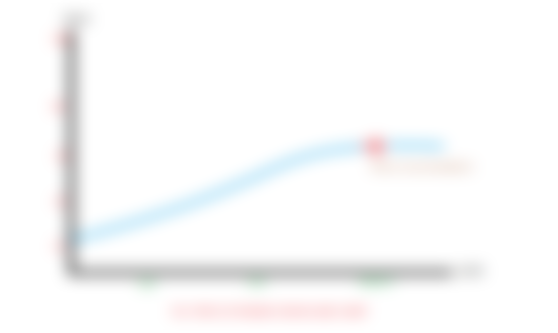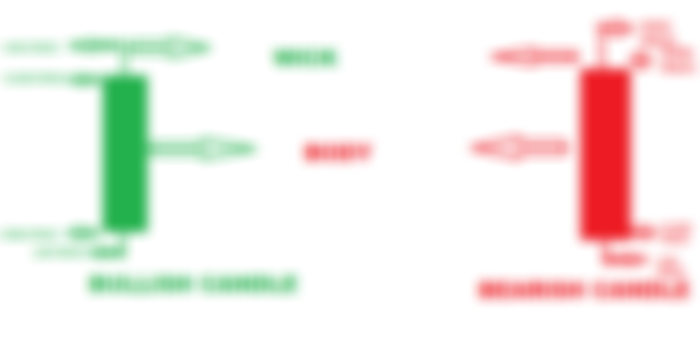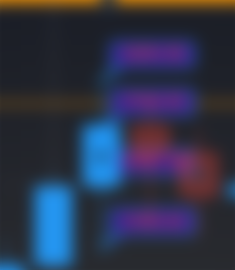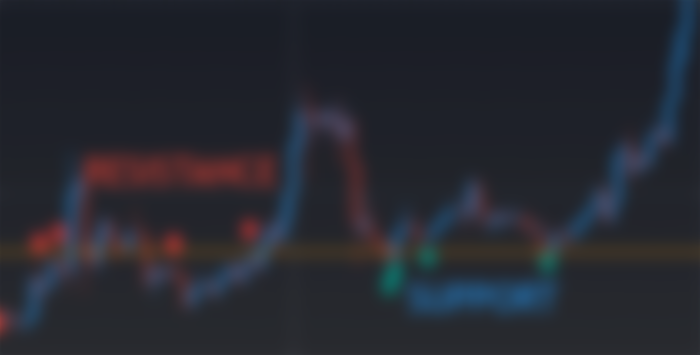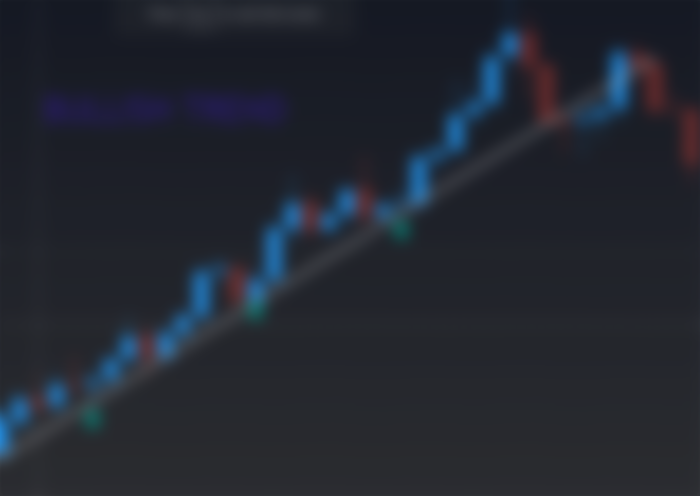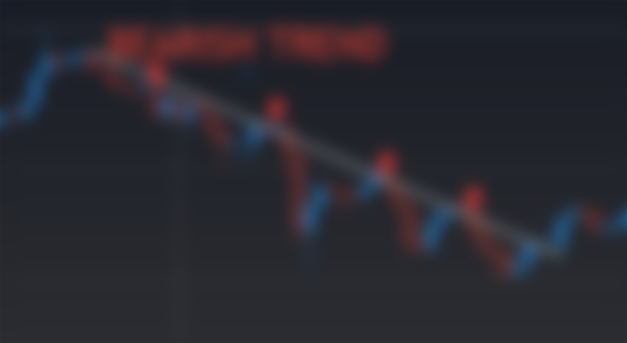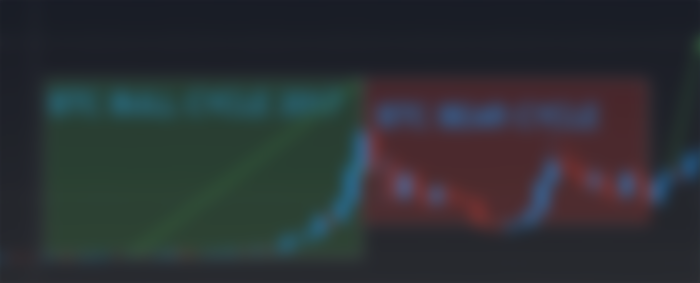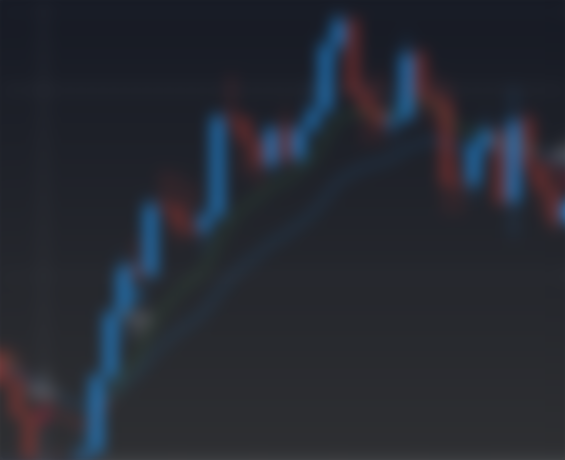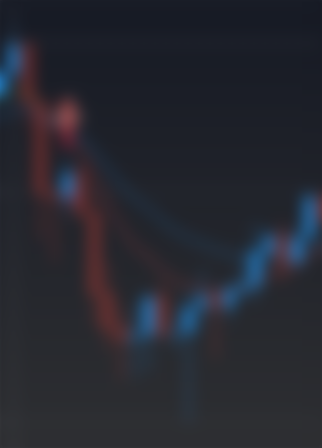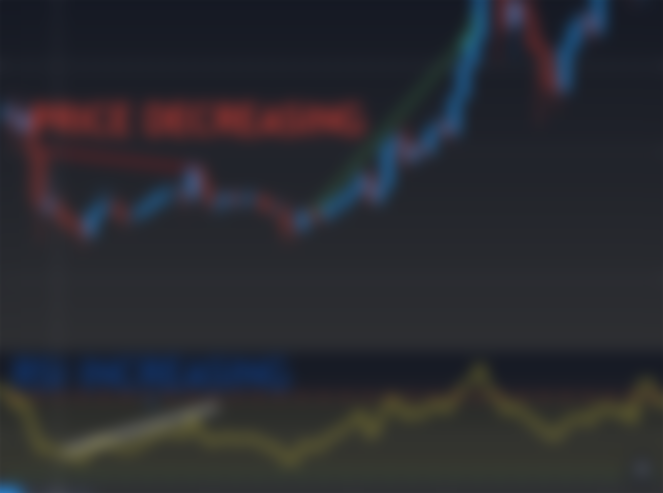Crypto Trading-
The most fascinated word used in the Internet and the way through which people are making millions in one side, whereas people are losing millions in another side. I would be covering the losses and the way to be safe from them incoming article. In this article, I would be talking about crypto trading and all the bases you need to know before jumping into putting your money on the table.
There are ways you can take your position. Looking at the fundamentals and looking at the Technical. Fundamental Analysis (FA) is done on the basis of the overall performance of the company their commitment to the future and past deeds. Whereas Technical Analysis is based purely on the projection of the future price action by considering the past price action of the assets.
I am using the word Projection because there is a need for certain things to play for it to happen. We can take it as the equation inn which if A and B gets true C would be the result or otherwise D would be the result. In Technical analysis we have to play with uncertainty so for the uncertain events we have to be prepared earlier.
The contents of this article would be the following. If you like to jump into that part, you can just scroll and learn what exactly you want to learn.
CHARTS AND THEIR TYPES
CANDLESTICK CHART
PLATFORMS FOR GETTING STARTED
CANDLESTICK INTRO
HOW TO READ CHARTS?
TIME FRAMES FOR CANDLES
SUPPORT, RESISTANCE, AND TREND
MARKET CYCLES, AND GREED AND FEAR INDEX
INDICATORS
CHART PATTERNS
OUTRO
FEW RUDIMENTARY TIPS BEFORE GETTING STARTED:
Technical analysis can only be used to project the market. There is no 100% certainty for determining the next market move. We can only project not predict.
There is no perfect model for determining the market cycles because every cycle is dynamic in itself and varies from the previous one.
There is no perfect trade, every trade is a lesson in itself.
CHARTS AND THEIR TYPES:
The chart is the representation of the data in the form of the different axis. Charts make the easy way for us to watch the price action of assets over a long period of time or in a short time frame. Just like in other sectors, In trading charts are used and they are the most important thing that traders look into before making any financial decisions either going for long or short. There are many types of charts. I would be covering them below:
Line Chart:
The line chart is one of the most used charts in almost every sector. The data is presented in the form of two-axis so it is pretty easier for the readers to get the idea of the price action. In this chart, the price of assets is plotted overtime the period and the dots are joined at last to form the line. You can get the idea of the chart from the below image:

There are other many types of charts But I would be covering only the name of them so that we could jump directly into the leader of them all, The candlestick Chart. If you are interested to know more about them, I would be making a whole new article covering how to read these charts in specific.
Heikin Ashi Chart
Area Chart
Hollow Candles Chart
Renko Chart
Line Break Chart
Range Chart
MOST USED CHARTS AND IT’S BACKGROUND:(CANDLESTICK CHART)
This is the chart that is used by millions of traders across the border and it is one of the most desired ones for hundreds of years. The candlestick chart was developed by one of the rice traders in Japan named “ Munehisa Homma ”in the 18th century. Later Steve Nison introduced the concepts of the modern candlestick chart. The reason for calling them candlestick charts is that they look like candles and the wick is similar to that one of the candles or a stick whatever you named it. I would discuss more how to read them and follow in the following paragraphs.
PLATFORMS FOR GETTING THE CHARTS:
The most famous and most used platform for charts all around the world is TRADINGVIEW. The website is this: https://www.tradingview.com/
The website is completely free and allows you to use up to 3 indicators for free which would be more than enough and you can also add the VOLUME indicator within it. I would be described in detail the indicators in coming portion so stay tight with me. For getting started, just create the account on the website and start visiting charts.
There is one more platform that provides the data or candlestick chart. It is an mt4 application that you can use on your windows or mac. But it is old school. So, it is better for you to use the trading view as it doesn’t need any work to do.
From here I would be describing all the patterns and the indicators along with this chart in the platform named TRADINGVIEW.
CANDLESTICKS CHART INTRO:

The candles that you are seeing above represent the price of an asset in the certain time frame. You can choose the time frame to view the charts accordingly in the trading view.
BODY- Body refers to the part of the candle from the opening price of an asset to its closing price.
WICK- WICK refers to the price of an asset from its closing price to the high and lowest price to the opening price (For Bullish Candle). This is vice versa for the bearish candle.
BULLISH CANDLE- A candle is known as the BULLISH CANDLE if the opening price of the candle is higher than the closing candle as you can see in the first green picture above.
BEARISH CANDLE- BEARISH CANDLE occurs when the opening price of the candle is lower than the closing price as you can see in the second red picture above.
OPEN PRICE- It is the price at which the market opens in a certain time frame.
CLOSE PRICE- It is the price at which the market closes in a certain time frame.
HIGH PRICE- It is the price that an asset has reached highest in a certain time frame.
LOW PRICE- It is the price that an asset has reached lowest in a certain time frame.
HOW TO READ THE CANDLESTICK CHART?

The above candlestick is the price of BTC in a weekly time frame. The opening price of the candle is 32883.38 and in that week the price drops below 27800.00, and then recovered back to the high of 42054.58 and closes at 37965.85. This way one candlestick provides many factual data in an easy way. Don’t get overwhelmed by this right now, you would get used to it once you start starring at charts for like hours and hours.
TIME FRAMES OF CANDLES:
I have seen many of the new traders get confused while looking at the price of the asset. They don’t know which time frame they should look into. The answer to this question is pretty simple. If you are scalping then you would be looking into the 15min time frame and 5minute time frame. And for the bigger picture, you would be looking for the 4-hour time frame or 1-hour time frame. The time frame at which you are trading gives you the price action whereas the bigger time frame gives you an understanding of the market trend and the cycles.
If you invest in the coin for the long term, then there is no point for you to watch into the hourly or daily charts. You can look into the weekly or monthly chart which would give you the price action needed for you to look into.
FEW TERMS TO LEARN BEFORE GETTING STARTED:
SUPPORT AND RESISTANCE:
Support and resistance are the most rudimentary terms in the crypto market. If you are in the crypto market. I guess you have heard them before because in every market you would hear them millions of times.
SUPPORT: It is the certain price point from which the price of an asset has bounced upwards once it had reached that. A horizontal line can be the support or the trendline can be the support. I would describe the trendline in the following topic.
RESISTANCE: It is the certain price point from which the price of an asset has rejected downwards wards once it had reached that. A horizontal line or a trendline could act as the resistance.
They are also known as the KEY LEVELS because once the price comes to this level it had always acted either in an upward direction or in a downward direction.
REMEMBER, If the 40K$ price is acting as resistance for the BITCOIN, the price would find difficulty in crossing that level. BUT if the price touched that level several times, then we may see that resistance turning into support and vice versa. This is because I would like to refer to these levels as key levels instead of support and resistance. You can look into the image below for the best illustrations:
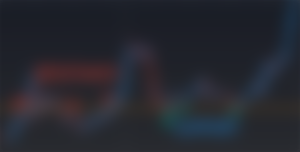
You can look here, the yellow line which has acted as resistance several times turned into the support after it touches that level many times. And the price breakout was really good.
TREND:
Trend refers to the channel in which the price of an asset is going and the price action is respecting the channel. If we are into the BULLISH trend, we are headed upwards and if the trend is BEARISH then the price would be headed in the down direction and respect the channel. In the below picture, you can clearly see the illustration.
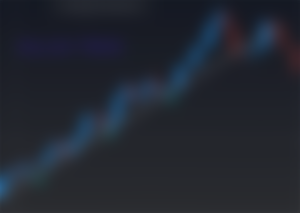
In this picture, you can clearly see the trend is bullish. The price is respecting the trendline and is continuously bouncing once it is hitting the trendline. In the BULLISH trend, the trendline acts as support.
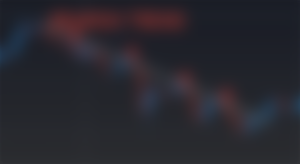
In this picture, you can clearly see the trend is downwards and the price is respecting the trend and the price is rejecting once it is hitting the trend line. In BEARISH TREND, the trendline acts as resistance.
REMEMBER, the trendline will not act as the support or resistance for a lifetime. There would be a time in which the price of an asset will break out of the trendline and we call it the breakout.
MARKET CYCLES:
Market cycles refer to the price action for the coin in the bigger picture or we can call it the cycles. The cycles may look similar but they aren’t identical so extraction of exact data from one cycle and putting it into another would not be a good idea. But I am seeing most of the so-called crypto traders out on YouTube doing the exact same thing without knowing the market is dynamic. BTC cycle is a typical 4-year cycle and it is initiated by the BTC Halving. (Halving refers to the process by which the supply of BTC coming to market or the reward miners are earning decreased by 50% every 4 years).
BTC cycle has a bull market which is followed by the bear market. I have used the last cycle of 2017 for the demonstration purpose only. It may not be exact, so take it with a grain of salt.
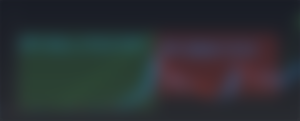
GREED AND FEAR INDEX:
This is the index that determines the sentiments of the people out there in the market. You can watch the index on the website below: https://alternative.me/crypto/fear-and-greed-index/

It would give you diagrammatic information of the market sentiments which you can use to determine either we are in the Euphoria phase or in the disbelief phase. It is more related to market psychology which itself is really a big idea to discuss. I may create more about that in the coming articles if this one gets a good response from the audience. Right now, understand that if everyone is greedy you have to be safe and start exiting in parts because a market phase down is nearer to such an event. And if the market is looking extremely fearful, you have to start accumulating because after such an event there is a strong move ahead.
INDICATORS:
Indicators are tools that work on the basis of certain formulas and can be used for various purposes. So that the probability of our decision of uncertainty is increased further and strong information can be extracted out. There are numerous indicators out in the market. I would be covering up the rudimentary and the most used indicators in the market.
HOW TO LOAD INDICATORS IN TRADINGVIEW:

Click on this signal in the toolbar of the trading view. You will see the search tab and you can search the indicators you like on that page. Look at the below image for help.
Now, I would discuss few indicators, how they work, and what information can we extract for a further move from them.
VOLUME:
By the name, you are well known to it. Volume is the indicator that shows how much amount of liquidity is at the level. Buy volume and sell volume are presented there. Volume is one of the most important tools to look into while the price is moving. If the volume is in decreasing trend, we can conclude that in the price the asset is reaching, volume is getting pretty low. So, there could be a chance of a reversal. This is the simple theory behind the volume because the price will always be headed to the price where there is most liquidity.
MOVING AVERAGES:
Moving averages are dynamic averages and they are based on the last price of the candles. In simpler words, they are the lines that show the average price. But you can choose the time for which the average is taken. Let me present a formula for better understanding:
7 Day Moving Averages: On the 8th day of the price, the 7-day moving average of the coin will appear like the average price of the coin in the last 7 days. The formulae for 7-day MA is:
7 DAY MA= (Sum of price in last 7 days)/ 7
Moving averages provides the information for the start of the trend and end of the trend. But it is a lagging indicator because of which they show after the trend is started or ended. For long-term traders, a moving average of a higher time frame is chosen whereas for the short-term trade a moving average of short duration is used. For different assets, the price action respects the different time frame moving average, so you should be able to find out that. Usually, 7 Day moving average is used as support for the short time frame and 5o and 200 MA are used for the mid and long term.
If the price is taking support from the moving average, it would bounce once it touches that Moving average but we should remember that if the support may turn into resistance at any time and we should exit accordingly. Now, the most common trend indicator is the crossover of the moving average or what we call the GOLDEN CROSS AND DEATH CROSS.

GOLDEN CROSS: When the short time frame MOVING AVERAGE crosses the long-time frame MOVING AVERAGE, then we call it usually the GOLDEN CROSS. This is considered as the Bullish for the asset and it plays most of the time in the market.
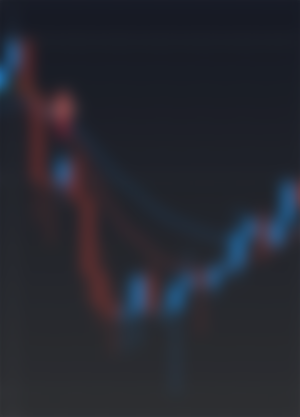
DEATH CROSS: When the long-time frame MOVING AVERAGE crosses the short time frame MOVING AVERAGE then we call it DEATH CROSS. The death cross is a bearish signal and we have to exit or be prepared once it formed in the chart.
EMA:
The concept of the exponential moving average is similar to the Moving average in most of the terms. The only difference is EMA calculates the data which is more relevant to the recent price than completely relying on older data like moving average. The most famous EMA are 50 and 200 Period EMA. You can play with it like MA for mastering it.
RSI(Relative Strength INDEX):
This is one of my favorite indicators. The reason is I use it in most of my trade sections, you will know why in the following text.
RSI is defined as the indicator that shows the price is undervalued or overpriced. The typical RSI ranges from 0-100. Basically, if the RSI is more than 70, the asset is known as overpriced. Some traders take it as 80, but it’s upon you to look from which the price is resisting. If the price is below 30, the asset is known as undervalued. Few traders take it as the 20, so you have to look for the point from which the price is bouncing back.
RSI Divergence:

Bullish Divergence:
If the price is decreasing and, the RSI is in an uptrend then there is the possibility of price breaking in the UPWARDS direction.
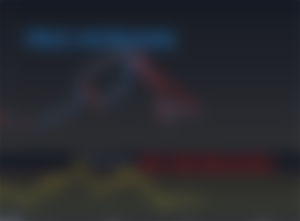
BEARISH DIVERGENCE:
If the price is increasing and the RSI is in a down trend, then there is a possibility of price breaking in DOWNWARDS direction.
There are other many indicators but it is not possible to describe them all here. If you would like to hear me about other of them then, you can comment on the name I would cover them in detail incoming post.
CHART PATTERNS:
There are many chart patterns but I would cover the most famous and most appearing chart patterns as below. Chart patterns are those patterns that appear in the candlestick and the breakout is possible from them. I am going to cover a few in short. I know the post is becoming very long but it is required to learn most as your money would be down on the table while trading.
ASCENDING TRIANGLE: This pattern form when the price is rising and it forms like the ascending triangle. The upper portion of the candles forms like the straight line of the triangle whereas the lower portion of the candles is rising.
DESCENDING TRIANGLE: This pattern forms when the price is in a downtrend and it forms like the descending triangle. The lower portion of the candles forms like the straight line of the triangle whereas the upper portion of the candles is in a downtrend.
SYMMETRICAL TRIANGLE: This pattern forms when the price is forming the symmetrical triangle-like pattern. In the chart, the candles in the upper portion would run in downtrend and the candles in the down portion would run in the up-trend.
BREAKOUT OF THE TRIANGLE:
If the candles broke out of any of the triangles, then we would see a candle going out of the triangle and we would wait for few more candles to re-test the lower or upper portion of the triangle and the breakout would be confirmed. If it happens below the triangle, it would go in a strong downtrend. Whereas if the price breaks up, then the price would go in strong up-trend.
Target: The target is usually be taken by measuring the length of the mouth or open of the triangle. If there is another strong resistance, a small accumulation may be seen on that level.
IMPORTANT THINGS TO TAKE CARE OF AFTER READING THIS:
Did this reading have made you a perfect trader? Absolutely no, this is the basic stuff of the TA you have to take care of before getting started.
What should I do afterward to become a good trader?
Start Applying these things to the real-world price of the coin you like to trade on and start making projections without placing any real trades. Focus on more and more things every day and be efficient in one of the strategies. If you feel efficient in one of them, then you can start trading and apply your knowledge to the real trades.
THIS ARTICLE HAD TAKEN A LOT OF TIME, EFFORT, AND RESEARCH FOR THE COMPLETION. I WOULD APPRECIATE ANY GOOD RESPONSE AND I WILL TRY TO REPLY TO YOUR QUESTION OR DOUBT IF YOU HAVE ANY.
THANK YOU!
My other article: You may like to Check:
Create NFT for 0$, No coding-https://read.cash/@Ridam/create-and-sell-nft-for-free-0-fee-no-coding-7bf90b6e
WHY BITCOIN CASH IS SUPERIOR TO BTC?= https://read.cash/@Ridam/why-bitcoin-cash-is-superior-to-bitcoin-85573ba6
Crypto Trading Explained from 0-Hero=https://read.cash/@Ridam/crypto-trading-technical-analysis-explained-from-zero-to-hero-d80da221
My Bitcoin Cash Trading Strategy=https://read.cash/@Ridam/my-bitcoincash-trading-strategy-630dab37
